Handbook of Historical Japanese Linguistics | 如何好吃又健康 - 2024年5月

Handbook of Historical Japanese Linguistics
This volume will be the first full-length exploration in any language of the details of the history of the Japanese language written by experts in the different subfields of linguistics. Overall, while including factual and background information, the volume will focus on presenting original research of lasting value. This includes presenting the latest research on better studied topics, such as segmental phonology, accent or focus constructions, as well as both introducing areas of study which have traditionally been underrepresented, such as syntax or kanbun materials, and showing how they contribute to a fuller understanding of all of the history of Japanese.Chapter titlesIntroductionPart I: Individual Periods of the Japanese LanguageSection 1: Prehistory and ReconstructionChapter 1: Comparison with other languages (John Whitman, NINJAL)Chapter 2: Reconstruction based on external sources: Ainu, Chinese dynastic histories, and Korean chronicles (Alexander Vovin, University of Hawai'i at Mnoa)Chapter 3: Reconstruction from the standpoint of Ryukyuan (Thomas Pellard, CNRS)Chapter 4: (Morpho)phonological reconstruction (Teruhiro Hayata)Chapter 5: Morpho(phono)logical reconstruction (Bjarke Frellesvig, University of Oxford)Chapter 6: Towards the accentual reconstruction of Japanese (Akiko Matsumori, NINJAL)Section II: Old JapaneseChapter 7: Word order and alignment (Yuko Yanagida, University of Tsukuba)Chapter 8: What mokkan can tell us about Old and pre-Old Japanese (Takashi Inukai, Aichi Prefectural University)Chapter 9: Eastern Old Japanese (Kerri Russell)Section III: Early Middle Japanese Chapter 10: Morphosyntax (Yoshiyuki Takayama, Fukui University)Chapter 11: Varieties of kakarimusubi in Early Middle Japanese (Charles Quinn, The Ohio State University)Chapter 12: Linguistic variation (Takuya Okimori)Section IV: Late Middle JapaneseChapter 13: The morphosyntax of Late Middle Japanese (Hirofumi Aoki, Kyushu University)Chapter 14: Late Middle Japanese phonology, based on Korean materials (Sven Osterkamp, Bochum University)Chapter 15: Phonology, based on Christian materials (Masayuki Toyoshima)Section V: Modern JapanChapter 16: The social context of materials on Early Modern Japanese (Michinao Morohoshi, Kokugakuin University)Chapter 17: Meiji language, including what sound recordings can tell us (Yasuyuki Shimizu)Chapter 18: Syntactic influence of European languages on Japanese (Satoshi Kinsui, Osaka University)Part II: Materials and WritingSection VI: WritingChapter 19: Old and Early Middle Japanese writing (James Unger, The Ohio State University)Chapter 20: The continued use of kanji in writing Japanese (Shinji Konno, Seisen University)Chapter 21: History of indigenous innovations in kanji and kanji usage particularly: kokuji and wasei kango] (Yoshihiko Inui) Chapter 22: From hentai kanbun to sorobun (Tsutomu Yada)Section VII: Kanbun-based MaterialsChapter 23: Kunten texts of Buddhist provenance (Masayuki Tsukimoto, Tokyo University)Chapter 24: Kunten Texts of Secular Chinese Provenance (Teiji Kosukegawa)Chapter 25: Vernacularized written Chinese (waka kanbun) (Shingo Yamamoto, Shirayuri Women's University)Chapter 26: Early modern kanbun and kanbun kundoku (Fumitoshi Saito, Nagoya University)Chapter 27: A comparison of glossing traditions in Japan and Korea (John Whitman, NINJAL)Chapter 28: Influence of kanbun-kundoku on Japanese (Valerio Alberizzi, Waseda University)Part III: Broader Changes over TimeSection VIII: Lexis/PragmaticsChapter 29: History of basic vocabulary (John Bentley, University of Northern Illinois)Chapter 30: History of Sino-Japanese vocabulary (Seiya Abe and Akihiro Okajima)Chapter 31: The history of mimetics in Japanese (Masahiro Ono, Meiji University)Chapter 32: The history of honorifics and polite language (Yukiko Moriyama, Doshisha University)Chapter 33: History of demonstratives and pronouns (Tomoko Okazaki)Chapter 34: History of yakuwarigo (Satoshi Kinsui, Osaka University)Chapter 35: 'Subject-Object Merger' and 'Subject-Object Opposition' as the speaker's stance: 'Subjective Construal' as 'a fashion of speaking' for Japanese speakers (Yoshihiko Ikegami, University of Tokyo)Section IX: PhonologyChapter 36: Syllable structure, phonological typology, and outstanding issues in the chronology of sound changes (Bjarke Frellesvig, Sven Osterkamp and John WhitmanChapter 37: Sino-Japanese (Marc Miyake)Chapter 38: Development of accent, based on historical sources, Heian period onwards: The formation of Ibuki-jima accent (Makoto Yanaike, Keio University)Chapter 39: The Ramsey hypothesis (Elisabeth De Boer)Section X: SyntaxChapter 40: Generative diachronic syntax of Japanese (John Whitman, NINJAL)Chapter 41: On the merger of the conclusive/adnominal distinction (Satoshi Kinsui, Osaka University)Chapter 42: Development of case marking (Takashi Nomura, University of Tokyo)Chapter 43: Loss of Wh movement (Akira Watanabe, University of Tokyo)Chapter 44: Development of delimiter/semantic particles (Tomohide Kinuhata)Chapter 45: Electronic corpora as a tool for investigating syntactic change (Yasuhiro Kondo, Aoyama Gakuin/NINJAL)Part IV: The History of Research on JapanChapter 46: Early Japanese dictionaries (Shoju Ikeda, Hokkaido University)Chapter 47: The great dictionary of Japanese: Vocabulario ... (Toru Maruyama, Nanzan University)Chapter 48: Pre-Meiji research on Japanese (Toru Kuginuki)Chapter 49: Meiji period research on Japanese (Isao Santo)
Bjarke Frellesvig, University of Oxford, UK; Satoshi Kinsui, Osaka University, Japan; John Whitman, NINJAL, Japan.
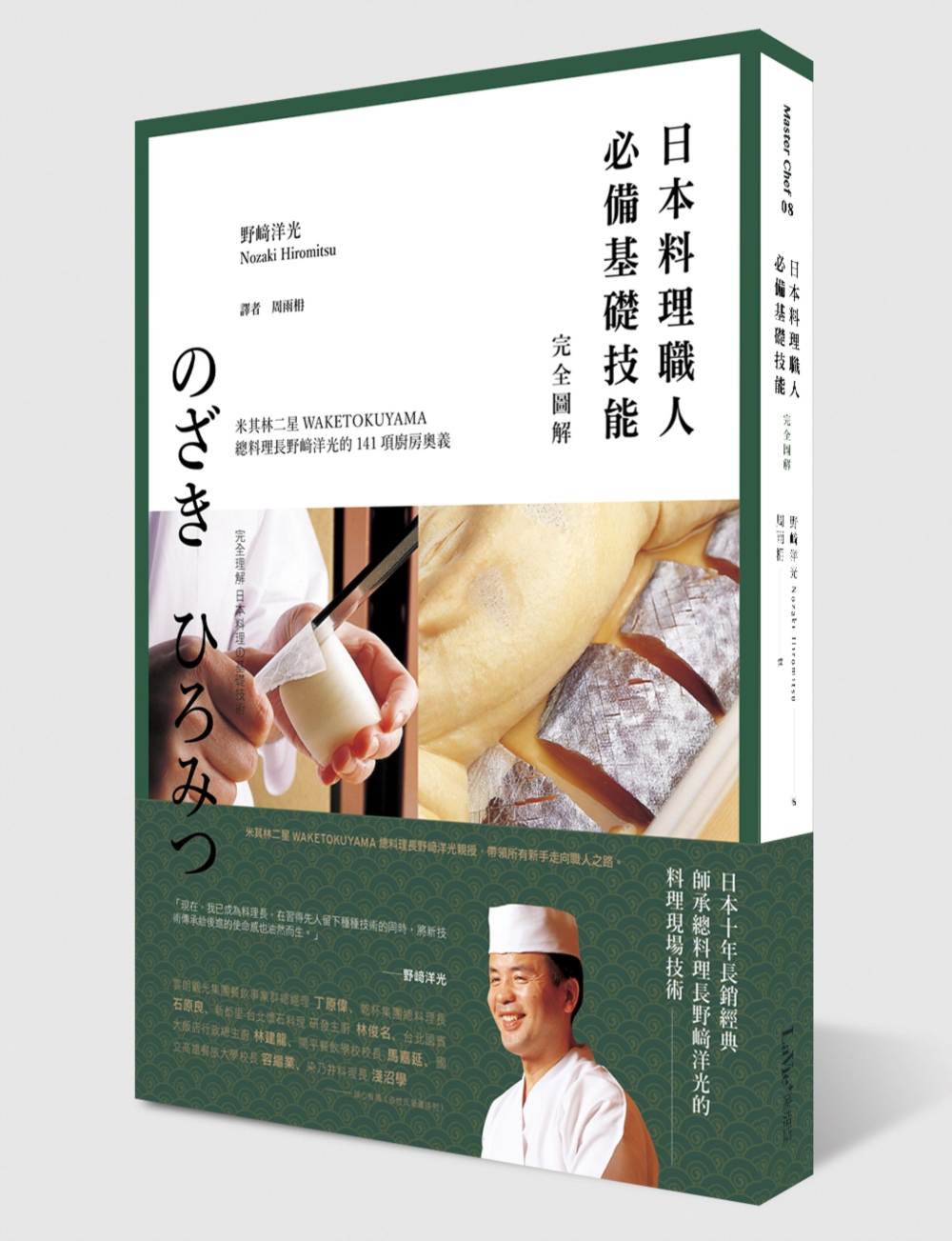 日本料理職人必備基礎技能 完全圖解...
日本料理職人必備基礎技能 完全圖解...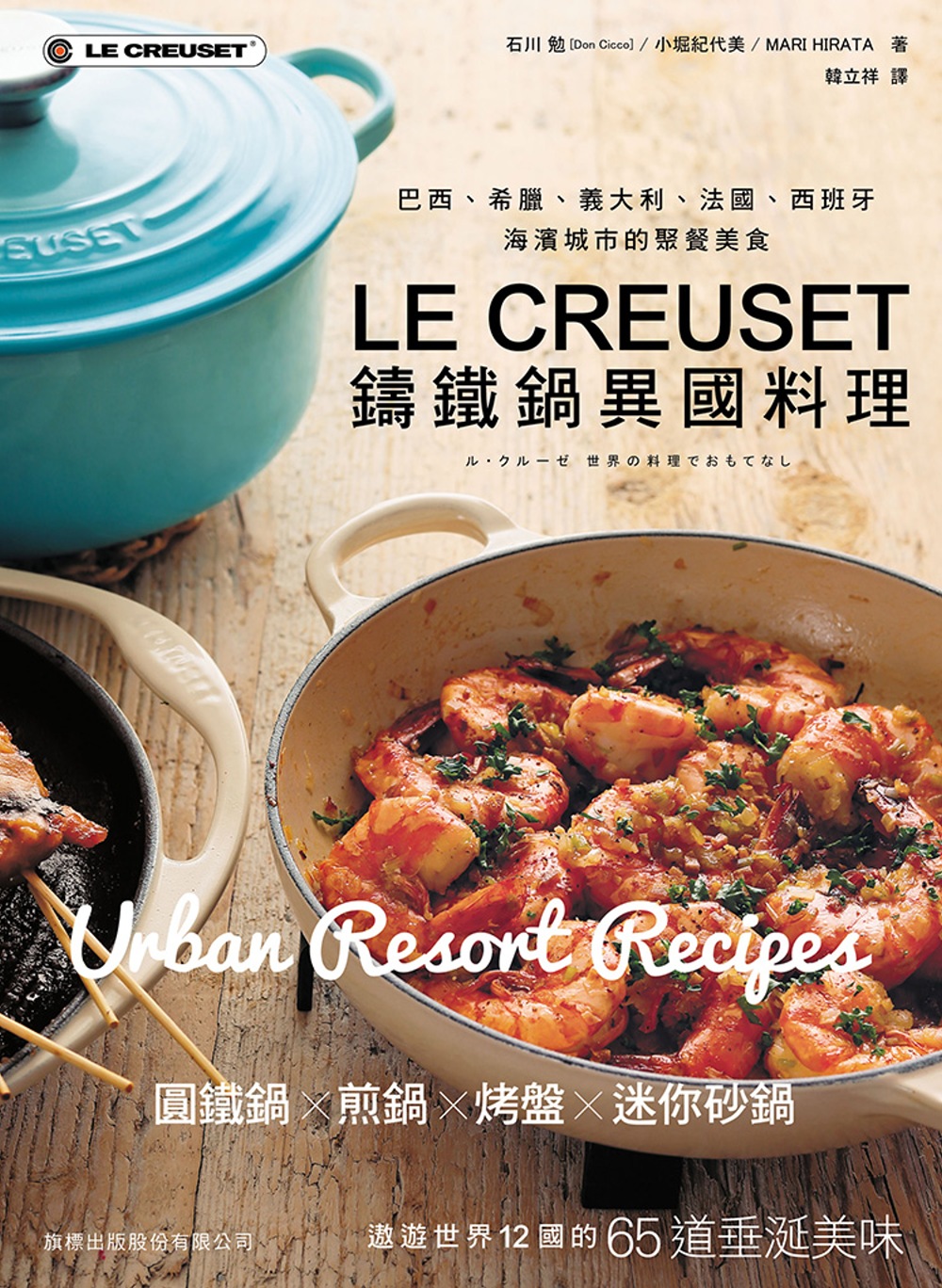 LE CREUSET 鑄鐵鍋異國料...
LE CREUSET 鑄鐵鍋異國料...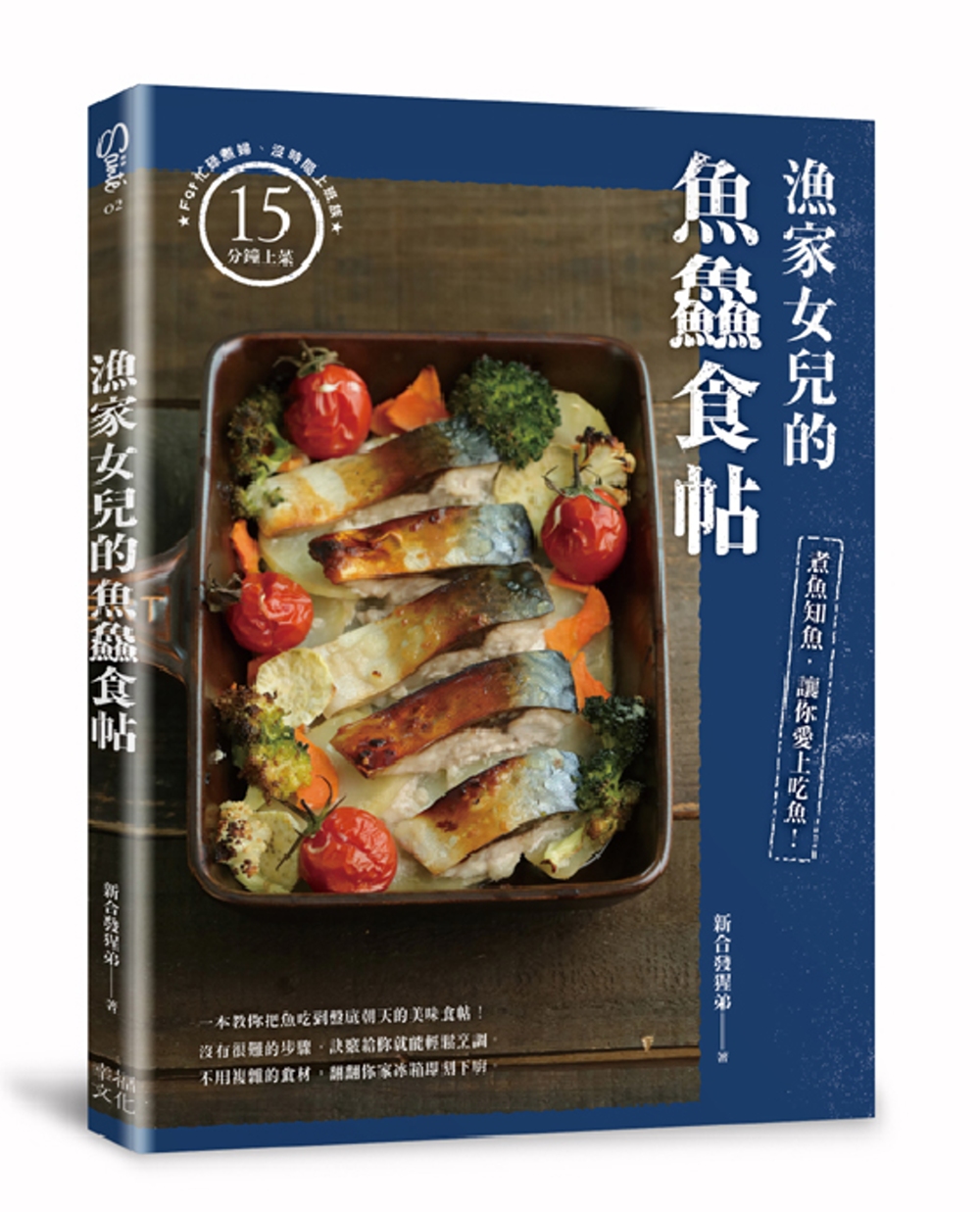 漁家女兒的魚鱻食帖:煮魚知魚,讓你...
漁家女兒的魚鱻食帖:煮魚知魚,讓你... 妙廚老爹(86)
妙廚老爹(86)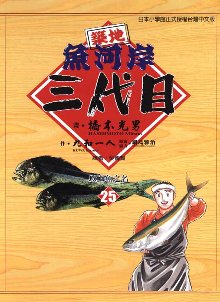 築地魚河岸三代目 25
築地魚河岸三代目 25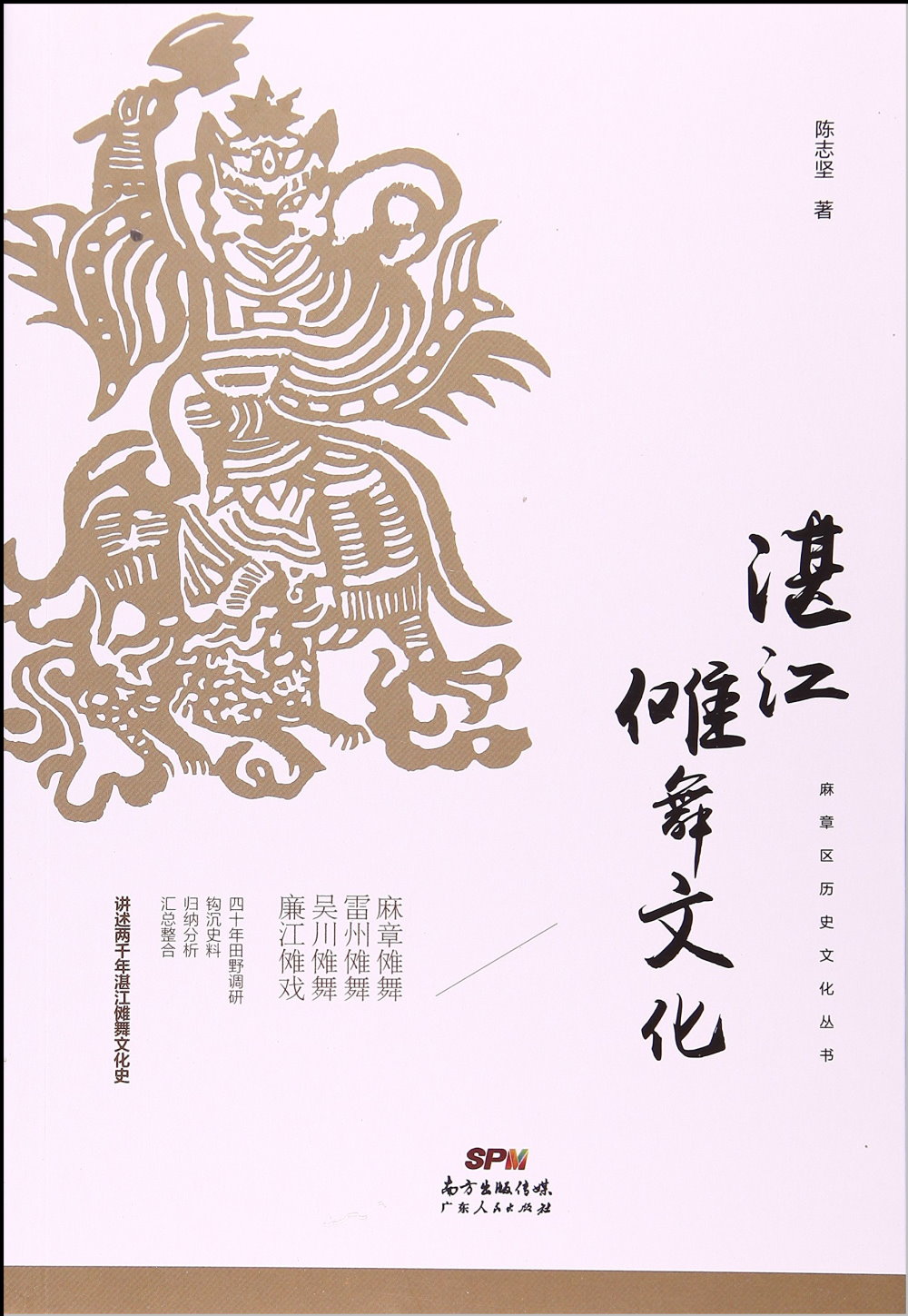 湛江儺舞文化
湛江儺舞文化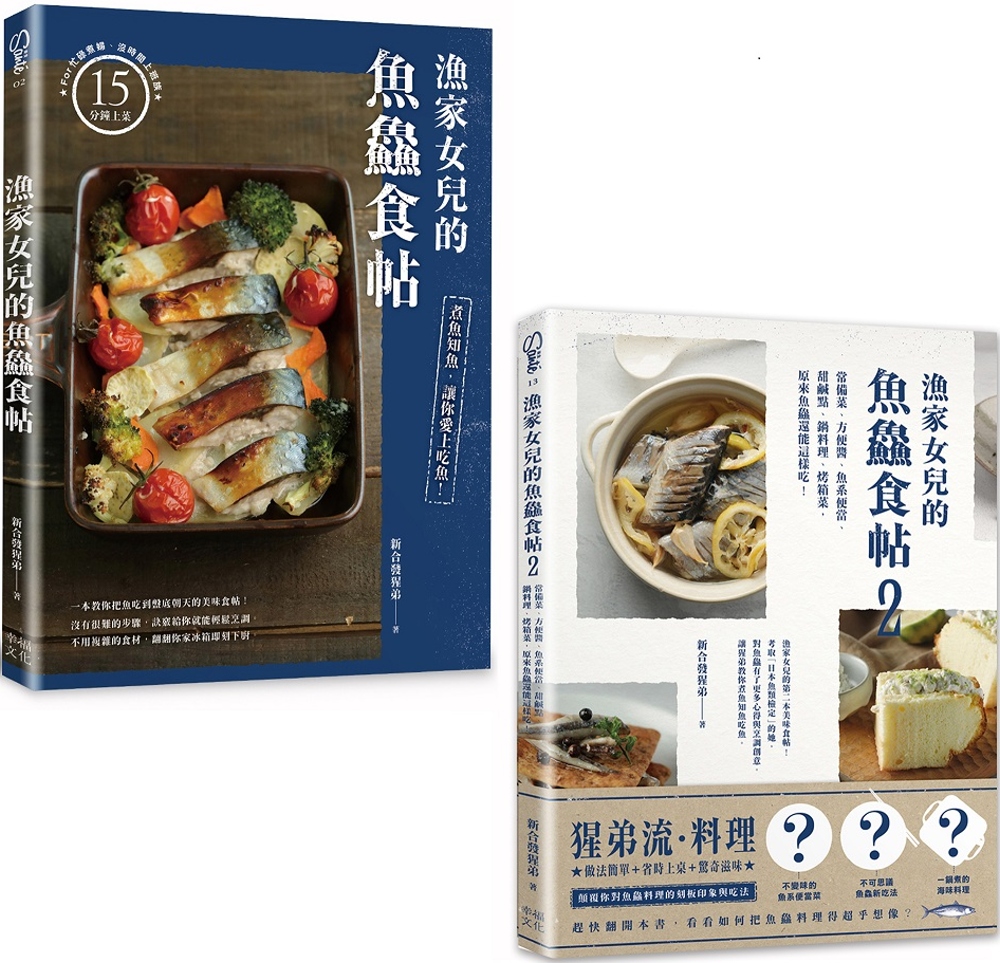 漁家女兒的魚鱻食帖(1+2套書):...
漁家女兒的魚鱻食帖(1+2套書):...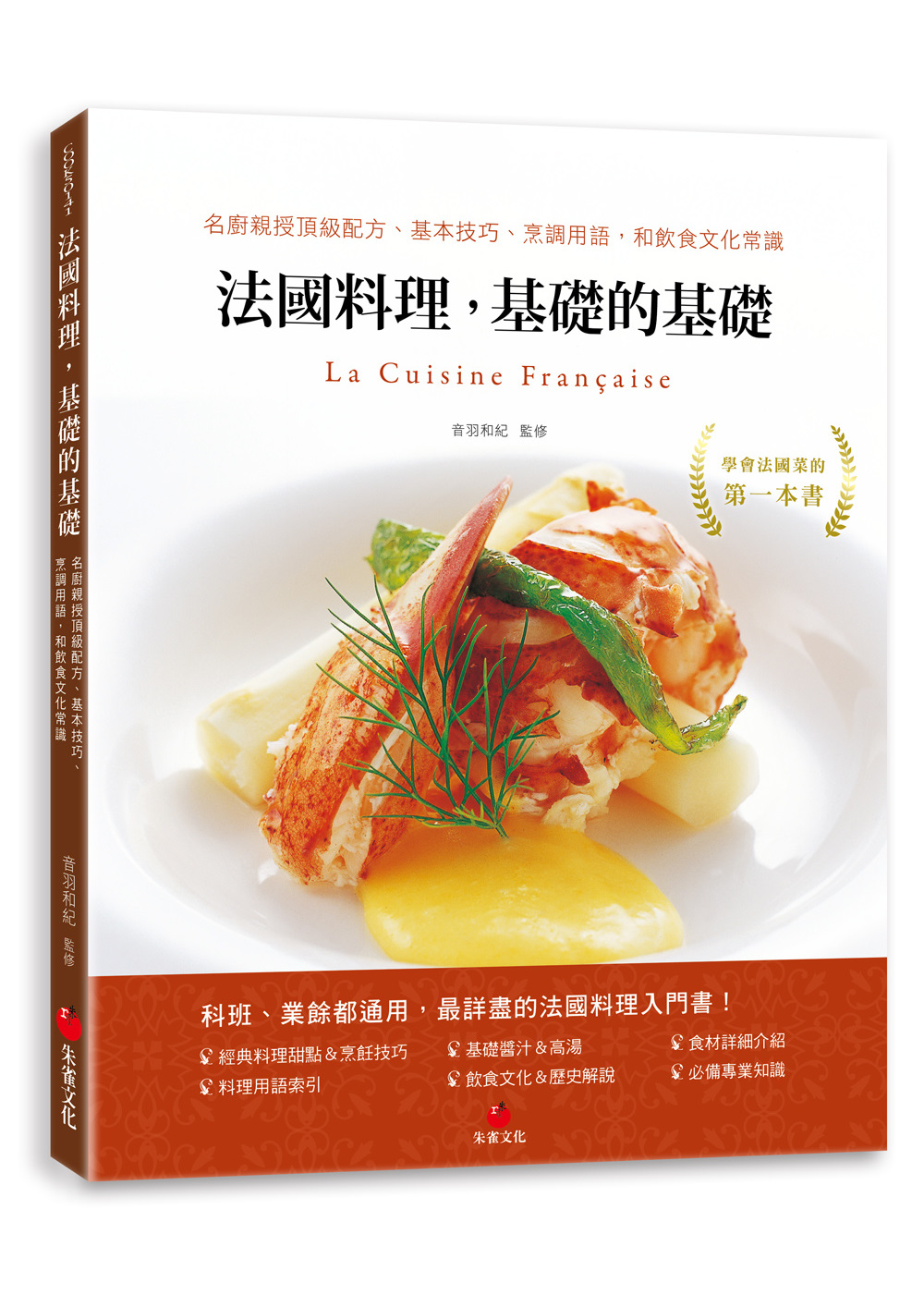 法國料理,基礎的基礎:名廚親授頂級...
法國料理,基礎的基礎:名廚親授頂級...